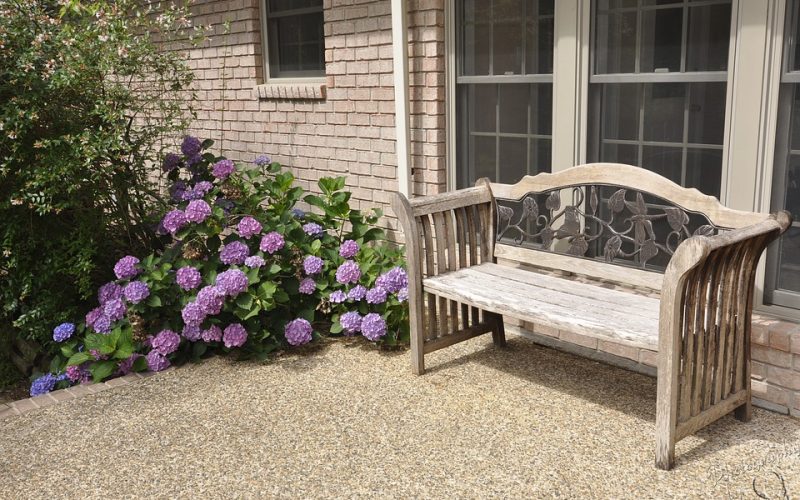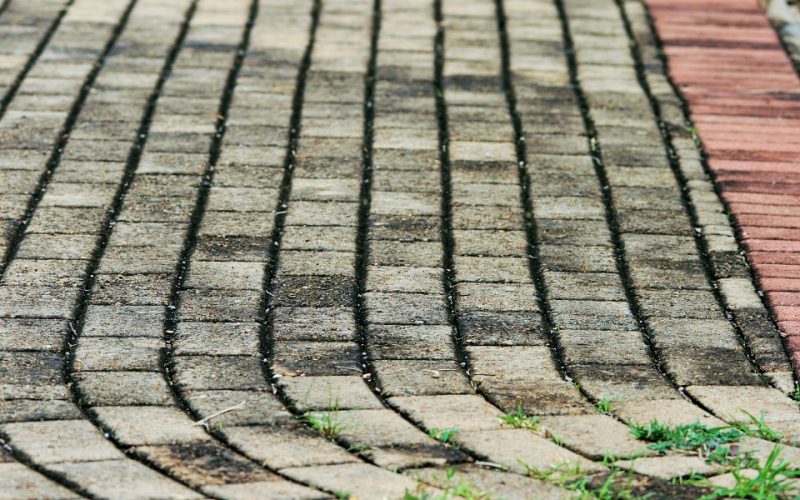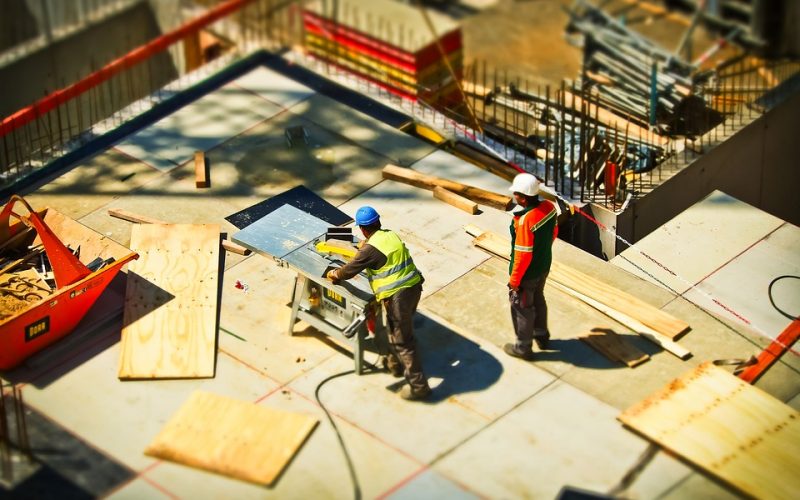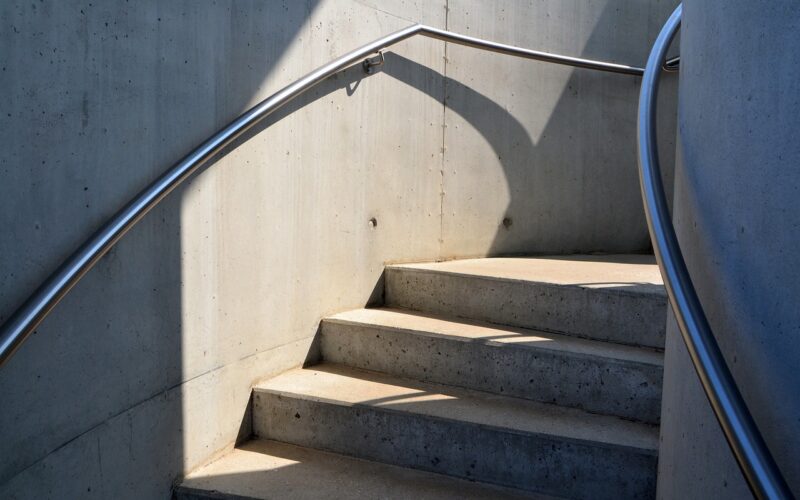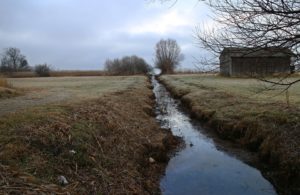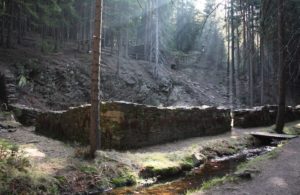Leveling Walks, Paths and Patios
Landscaping adds value to a building or complex. Trees and bushes create a feeling of space. Flowers add touches of color. Paths and walkways are a useful part of that beauty. They are functional, but they can be designed to invite people to walk upon them. Placing pavers in an interesting pattern makes a stroll through the properly more inviting than nearly any other feature. Paths and walkways add interest to the overall harmony of good landscaping. Patios are another area where people enjoy gathering outdoors.
It is important to ensure people will be able to use paths, walkways and patios without tripping. When they are made of pavers, this means taking the time to create a level path or area. This is often done using silica sand because it is commercially available. It is used as a base for the top layer of decorative pavers. Sand is a medium often used in both construction and landscaping. The ability to pack it tightly is an asset when level areas are necessary.
Walkways and patios constructed of pavers are not just laid on top of the ground. The path of the walkway is marked out and dug up. This is a shallow trench that is squared off to be the exact size of the walk. Once the digging is done, the area is leveled and tamped. Tamping requires a heavy weight to be pounded onto the ground. This is generally done by machine, but can be done by hand. Once the ground has been leveled, silica sand is added and tamped as well. This levels the area and packs the sand into a solid mass. The pavers are then laid on top of the sand bed.
Pavers, whether brick or stone, tend to move a bit and leveling is often a chore. Sand is added on top of the pavers once they have been set into place. The sand is then swept until all of it seeps down between the individual pavers. This helps keep them in place while providing a more secure base.
